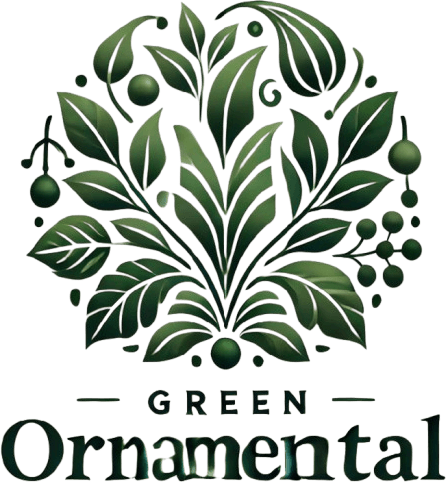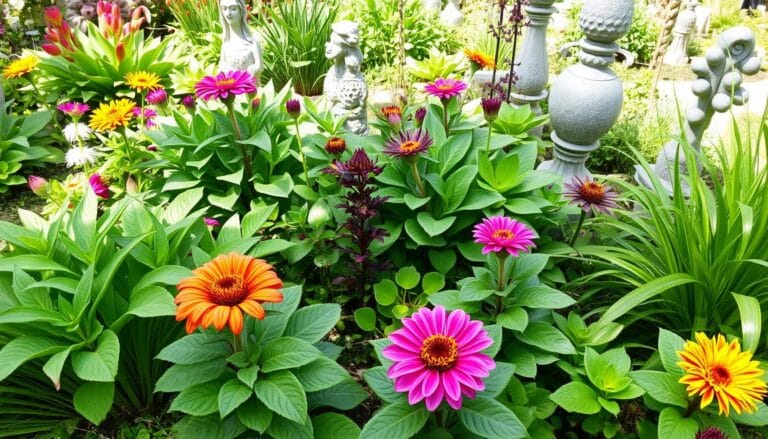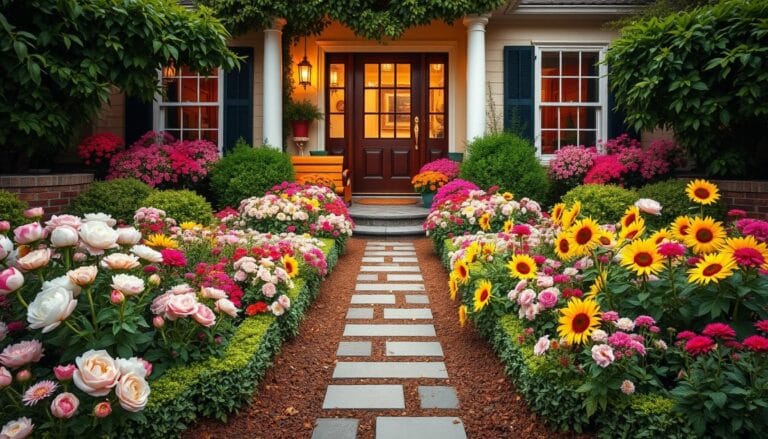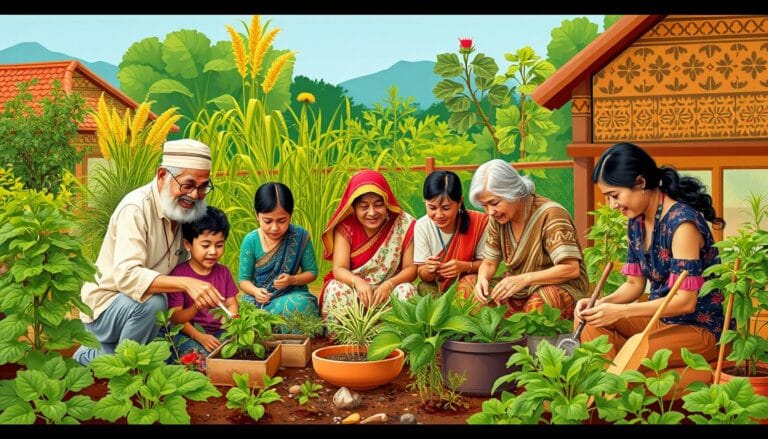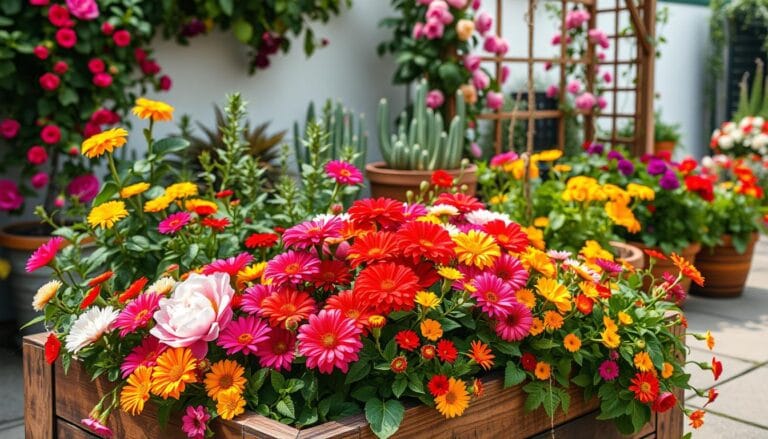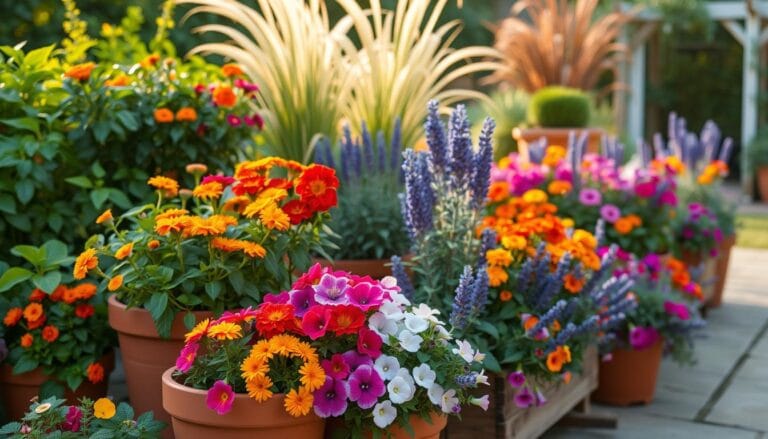How to Choose the Best Plant Container: 7 Expert Tips for Your Garden Success

Did you know that choosing the right plant container can significantly impact your garden’s success rate? Learn how to choose the best plant container for your garden success with these 7 expert tips. Discover the solutions to your gardening container dilemmas now! A recent study showed that plants in improperly sized containers experienced a 30% lower survival rate compared to those in optimally sized pots. This post will guide you through selecting the perfect container, boosting your gardening confidence and yielding thriving plants.
Table of Contents
Understanding Different Container Materials
Choosing the right material is crucial for your plant’s health and longevity. Common materials include plastic, terracotta, ceramic, wood, and metal. Each has its advantages and disadvantages:
- Plastic: Lightweight, affordable, and durable; however, they can overheat in direct sunlight and lack breathability.
- Terracotta: Excellent drainage and breathability, but they can dry out quickly and are prone to breakage.
- Ceramic: Elegant and durable, offering good insulation; however, they can be expensive and heavy.
- Wood: Adds a rustic charm and provides good insulation; however, they require regular treatment to prevent rot and insect infestation.
- Metal: Durable and heat-resistant, but they can overheat easily and may leach harmful chemicals into the soil.
Consider your climate, budget, and aesthetic preferences when making your selection. For example, terracotta is ideal for warmer, drier climates, while plastic is more suitable for colder regions or areas with frequent rainfall. Learn how to choose the best plant container for your garden success now!
Choosing the Right Size and Shape
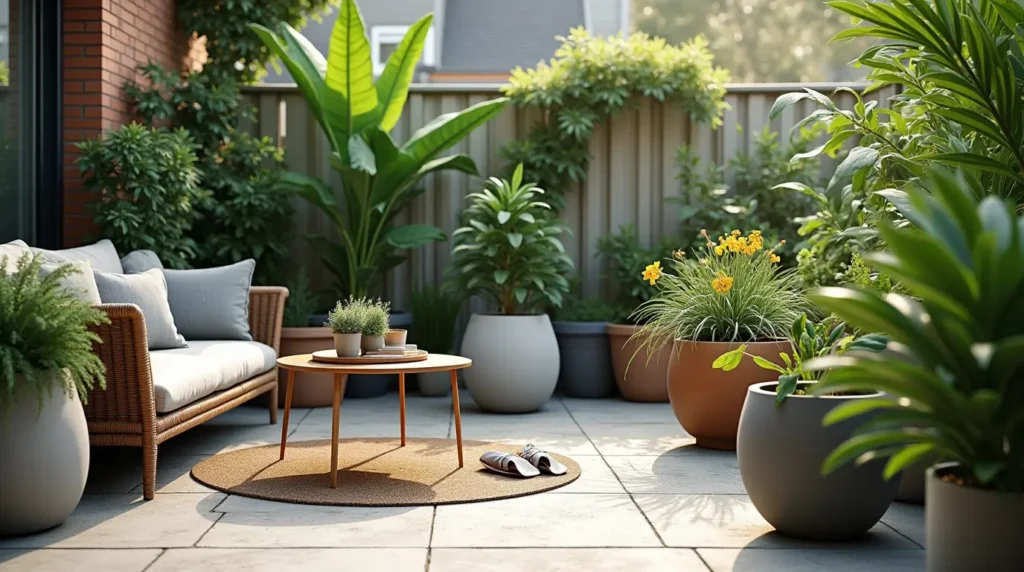
The size and shape of your container directly impact the plant’s root development and overall growth. Here’s a step-by-step guide to choosing the right dimensions:
Step 1: Consider the Plant’s Mature Size
Research your plant’s mature size and root system. A plant with a shallow root system might thrive in a wide, shallow container, while a plant with a deep taproot needs a taller, narrower pot. Learn how to choose the best plant container for your garden success by starting with the right dimension.
Step 2: Allow for Root Growth
Select a container that’s at least 1-2 inches larger in diameter than the plant’s current root ball. This allows for healthy root expansion and prevents rootbound issues.
Step 3: Shape Matters
Consider the shape of the container. Round pots typically offer even root distribution, whereas square or rectangular containers might offer more growing space depending on the plant type.
Drainage and Ventilation – Essential for Healthy Plants
Essential for preventing root rot and maintaining healthy soil conditions, proper drainage and ventilation are crucial. Make sure your chosen container has drainage holes at the bottom to prevent waterlogging. And remember, inadequate drainage is one of top reasons why people struggle to learn how to choose the best plant container for their garden success! Consider adding a layer of gravel or broken pottery at the base of the container to improve drainage further.
Location, Location, Location: Placing Your Container
Where you place your container greatly affects your plant’s success. Consider the amount of sunlight it receives and its susceptibility to wind. For example, delicate plants may need protection from strong winds, while sun-loving plants require at least 6 hours of direct sunlight daily.
Choosing the Right Soil and Planting Technique
The type of soil you use deeply affects your plant’s health and growth. Opt for a well-draining potting mix specifically formulated for containers. Avoid using garden soil; it’s usually too heavy and can compact easily, hindering drainage and root aeration.
Troubleshooting Common Problems
Encountering issues? Here are common problems and solutions:
- Rootbound plants: Repot the plant into a larger container with fresh potting mix.
- Wilting plants due to overwatering or underwatering: Adjust your watering schedule based on the plant’s needs and the container’s material. Plastic containers retain moisture longer than terracotta.
- Nutrient deficiencies: Use balanced liquid fertilizer according to the manufacturer’s instructions.
Remember these tips and you are on your way to learning how to choose the best plant container for your garden success!
Maintaining Your Containers
Regular cleaning and maintenance ensure the longevity of your containers and prevent the buildup of harmful pathogens. Clean containers thoroughly before reusing them to allow for optimal aeration and drainage.
Conclusion
Choosing the right plant container goes beyond aesthetics; it’s a key factor in your gardening success. Applying these seven expert tips will significantly improve your chances of nurturing healthy, vibrant plants. Share your experiences and ask any questions you might have in the comments section below. Learn how to choose the best plant container for your garden success by actively participating in our gardening community!
FAQs
Q: How often should I water plants in containers?
A: Watering frequency depends on several factors including plant type, container material, climate, and soil moisture. Check the soil regularly – if the top inch feels dry, it’s time to water.
Q: Can I use any type of soil for container gardening?
A: No, avoid using garden soil, as it is often too heavy and poorly draining for containers. Use a specialized well-draining potting mix.
Q: What should I do if my plant is rootbound?
A: Repot your plant in a larger container with fresh potting mix to allow for healthy root growth.
Q: How do I prevent pests and diseases in containers?
A: Maintain good hygiene, water correctly, and use appropriate pest control methods. Regular inspection helps detect problems early.
